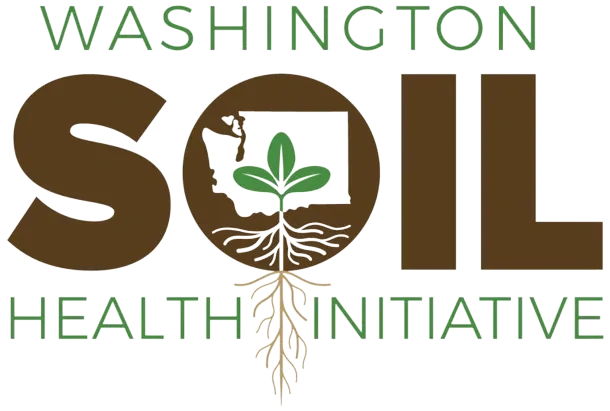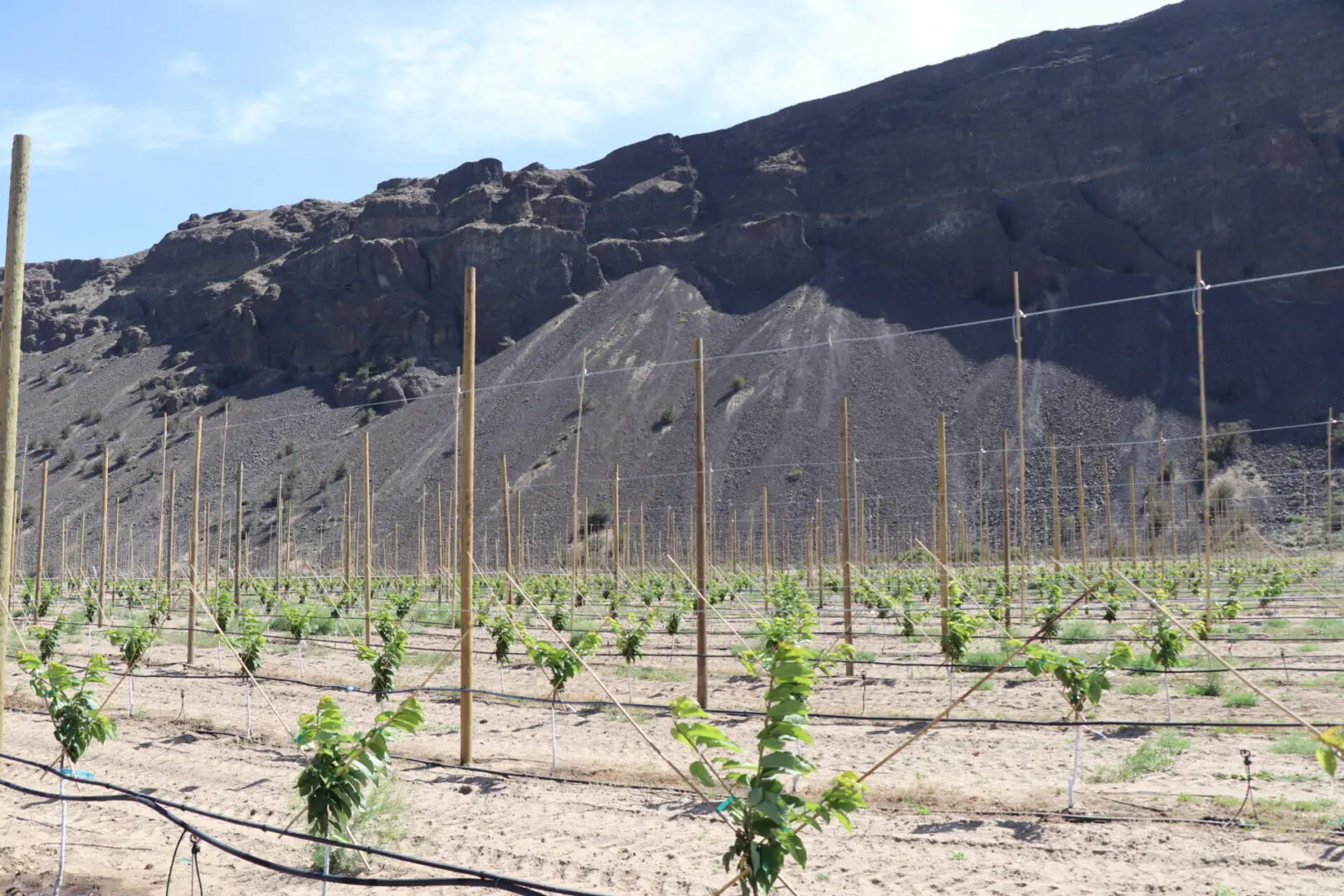
Photo credit: Tianna DuPont, WSU
Long-Term Agroecological Research and Extension Sites: Update Summer 2025
WaSHI's Long-term Agroecological Research and Extension Sites (LTARE) continue to expand to six sites across the state.
June 18, 2025
Author: Chris Benedict
WaSHI’s Long-Term Agroecological Research and Extension (LTARE) network had some recent upgrades that we wanted to share with you. Since 2020, this network has been growing to include major agriculture production systems across the state of Washington. As of 2025, six sites are operating with the end goal of identifying agricultural practices that benefit the soils of Washington State. Each site consists of treatments with feedback from representative industries and evaluates soil health through a core group of indicators.
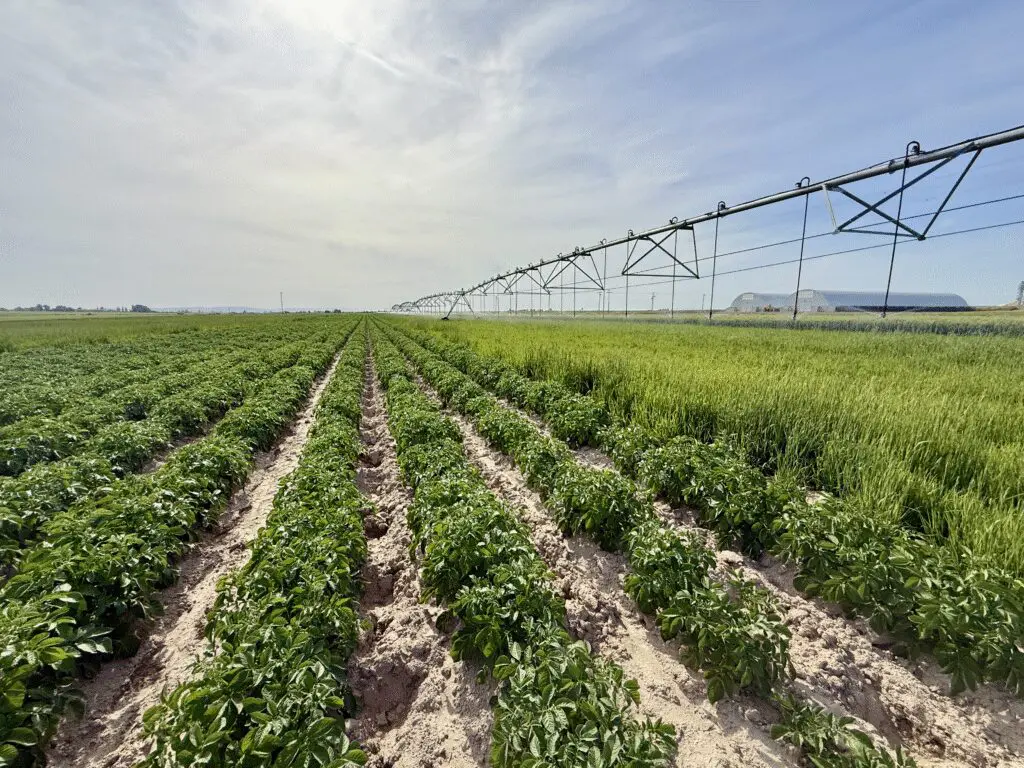
Othello LTARE (OLTARE)
The Irrigated Columbia Basin is one of the premier agricultural regions in the U.S., with 70 different crops grown across 700,000 acres (Hills and Benedict, 2021). The OLTARE is comprised of potatoes, corn, and wheat and was initiated in 2023 at WSU’s Honey Bee + Pollinator Facility in Othello, WA, down the street from the WSU Othello research facility. In the fall of 2024, the experiment was “reset” to allow for a better design to integrate into the field and with the irrigation system. Crops are rotated annually and include treatments such as fumigation, compost, cover crops, and combinations of these treatments.
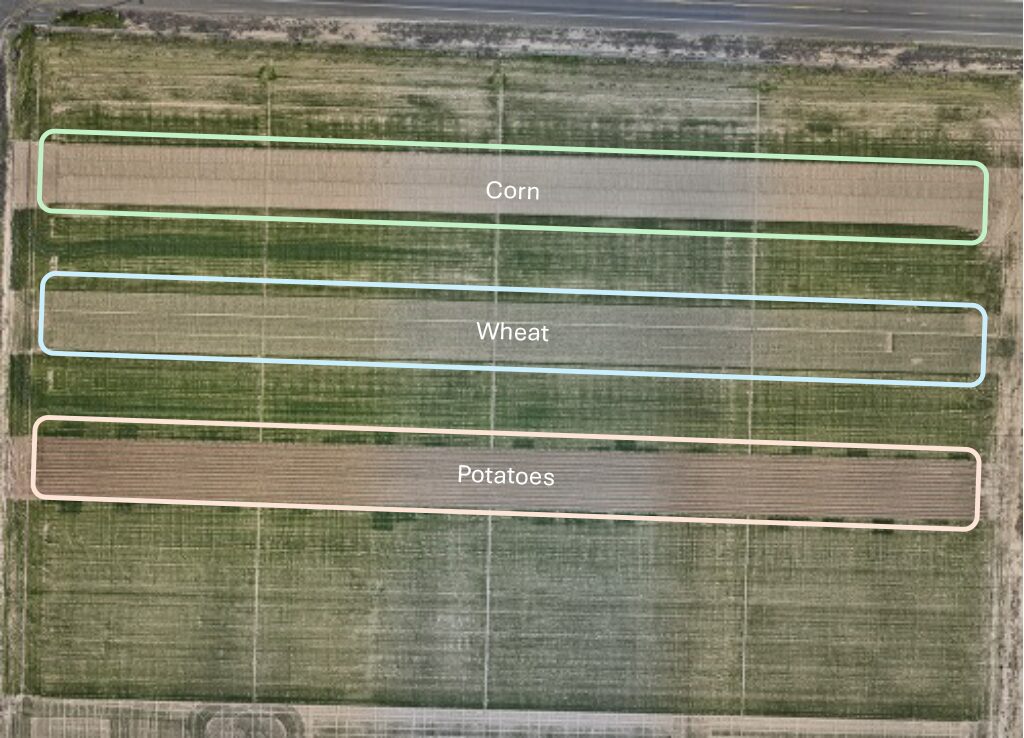
Wenatchee LTARE (WLTARE)
The WLTARE is comprised of three separate experiments spread across 7.5 acres, addressing different issues and questions in each experiment. The first trial was initiated in 2023, consisting of apples, with organic matter addition treatments including mulch and compost to buffer environmental stress, build carbon, and improve fruit quality. Two new experiments were planted in 2025, including an experiment focused on replant disease and cherry planting, mirroring the 2023 apple trial, each consisting of 2.5 acres. Soil health assessments include measurements of soil biology (rhizosphere microbiome, nematodes), physical properties (water infiltration, water holding, and compaction), soil carbon, and soil chemistry.
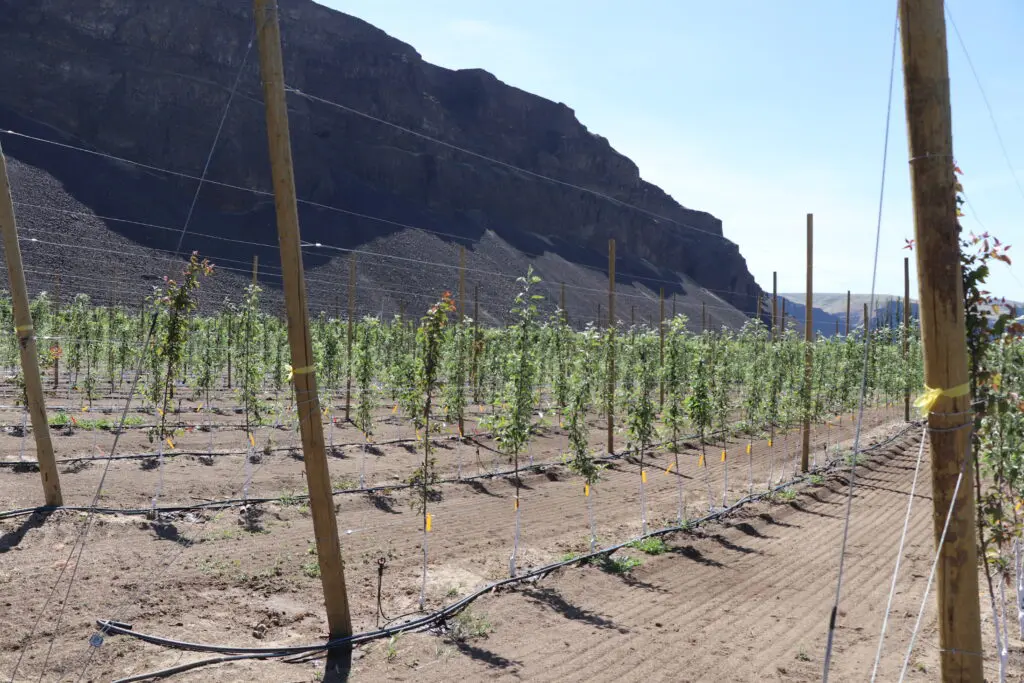
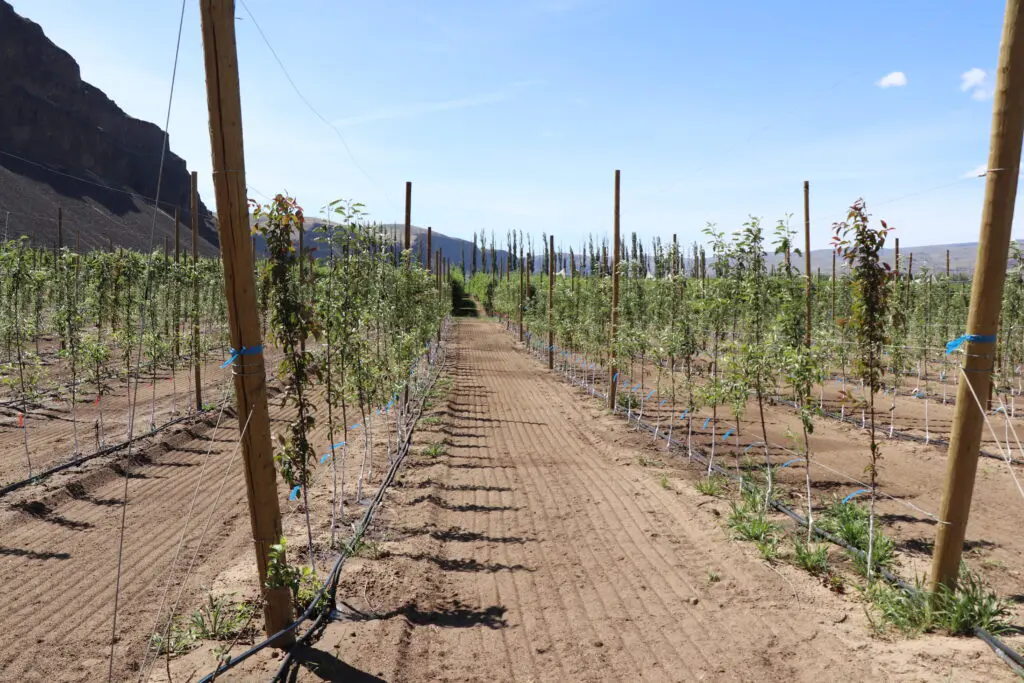
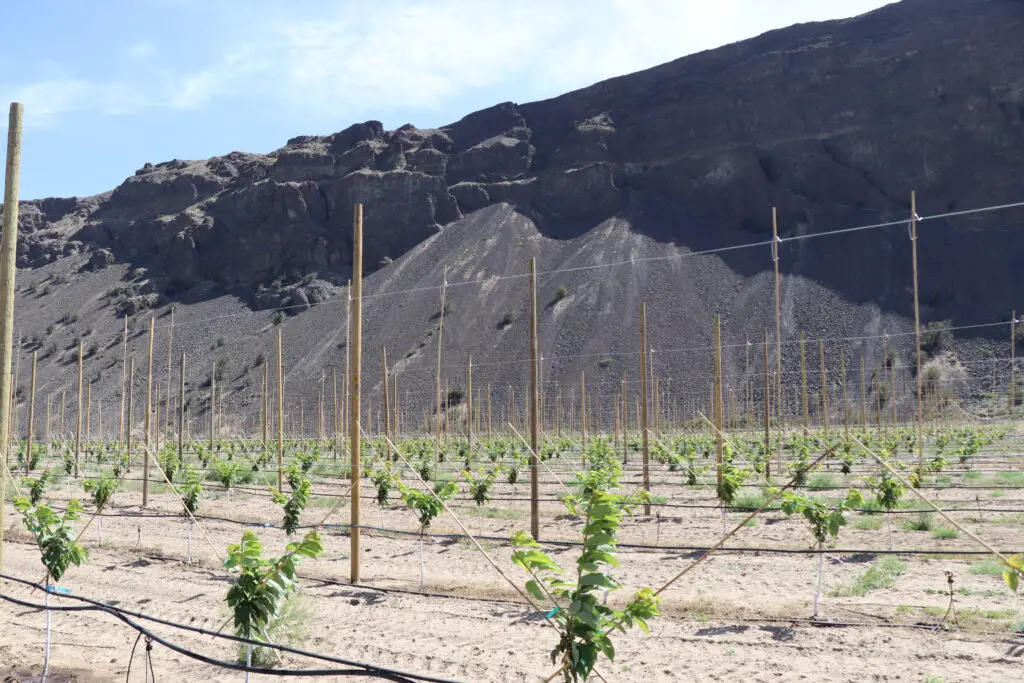

Chris Benedict
Chris Benedict is a professor and faculty lead for the Initiative at Washington State University.
This article was published by the Washington Soil Health Initiative. For more information, visit wasoilhealth.org. To have these posts delivered straight to your inbox, subscribe to the WaSHI newsletter. To find a soil science technical service provider, visit the Washington State University Extension website or the Washington State Conservation District website.

